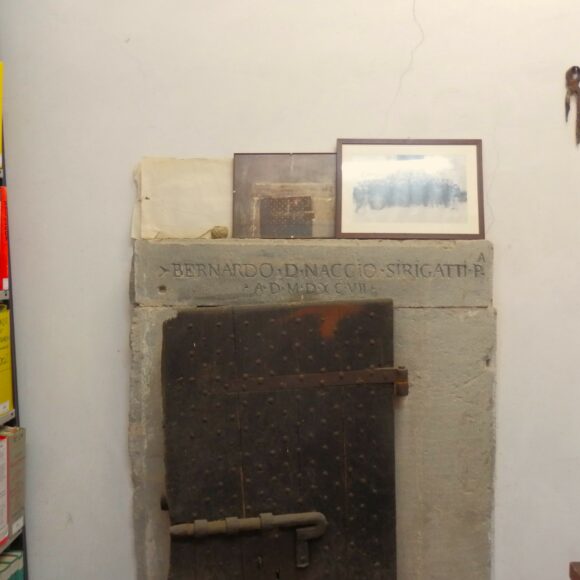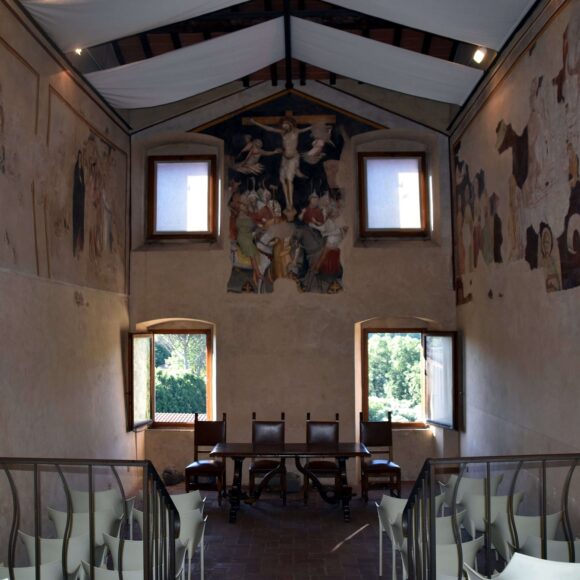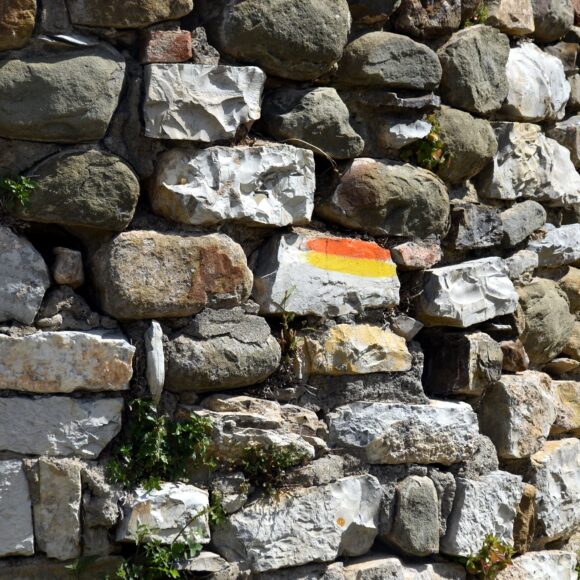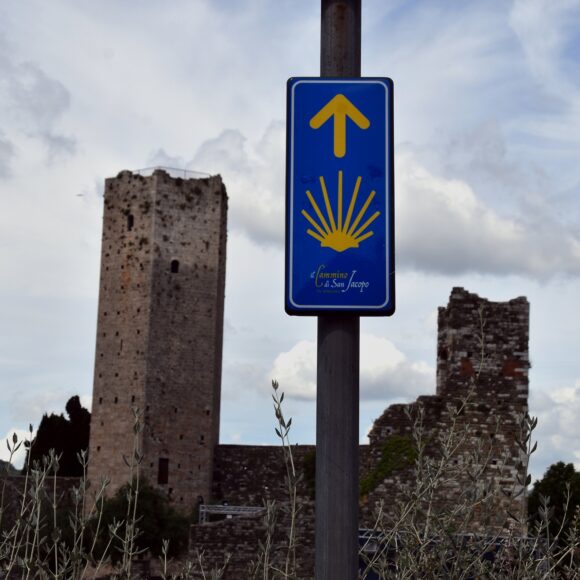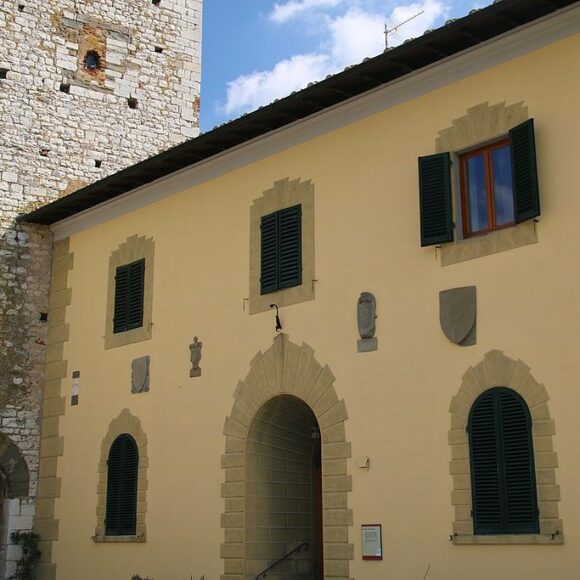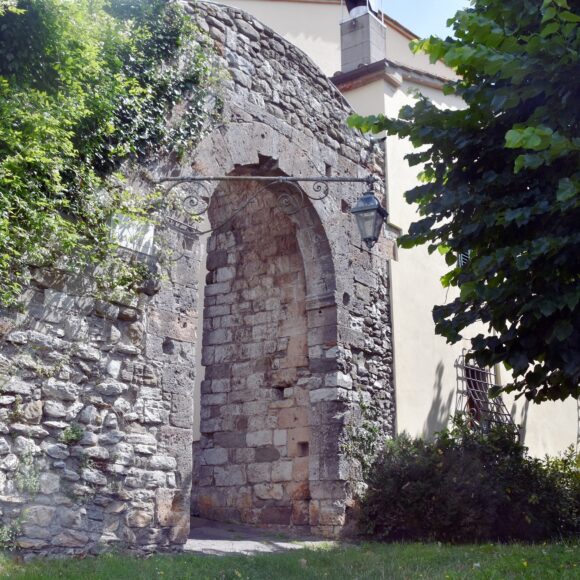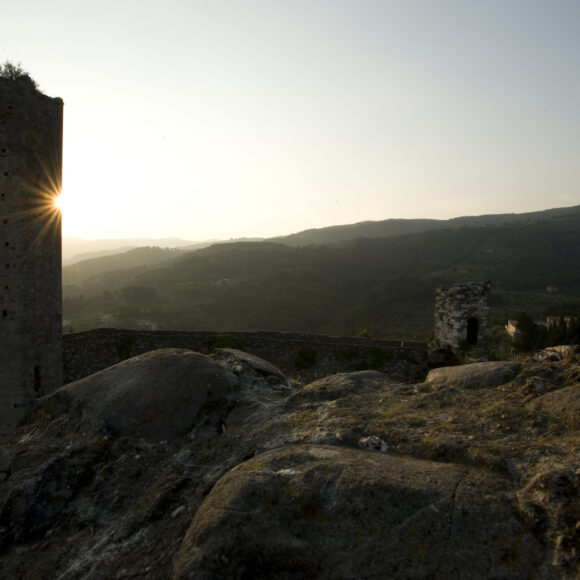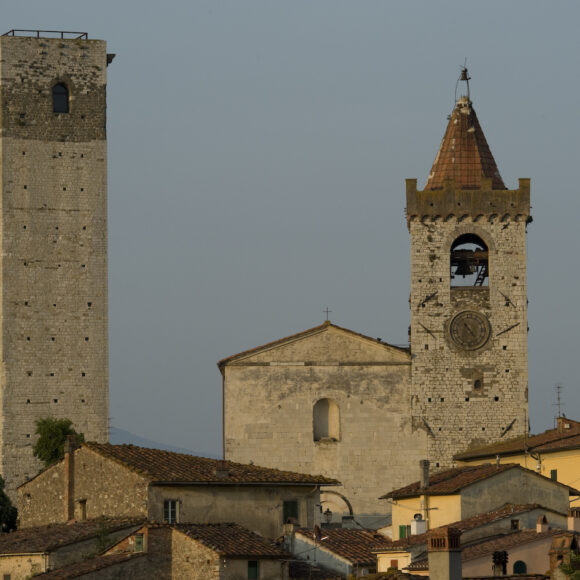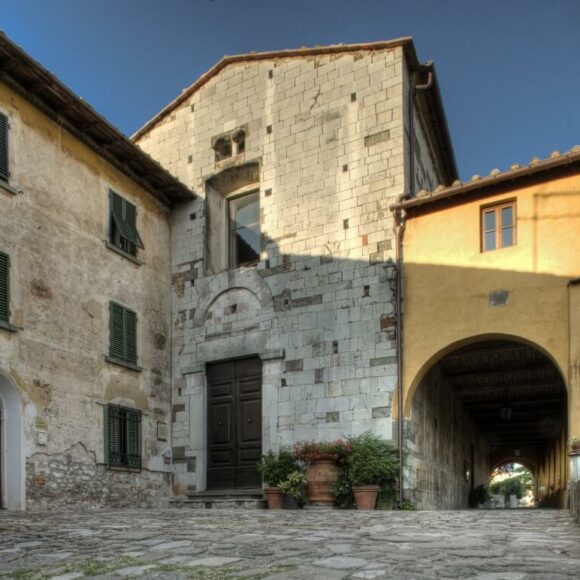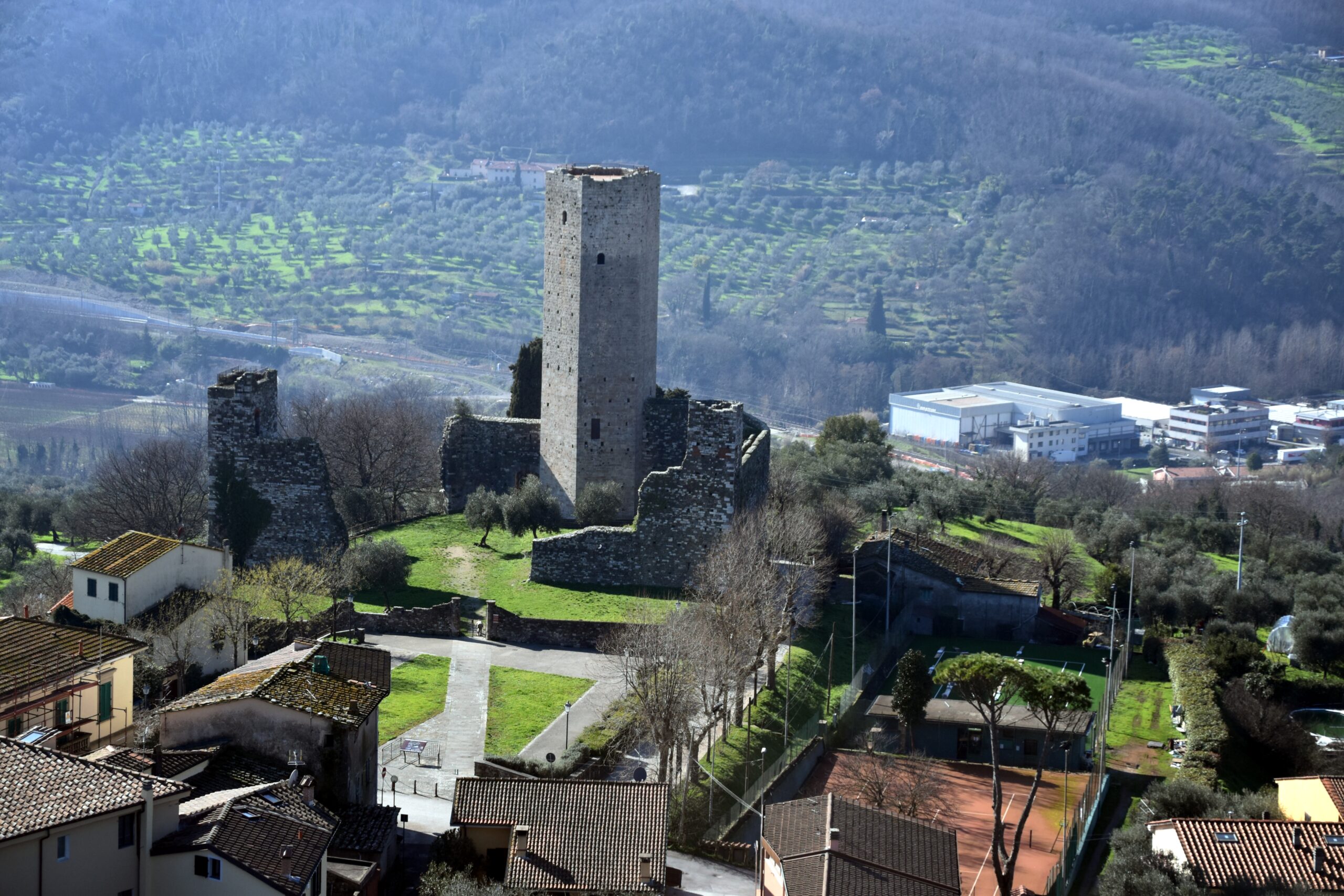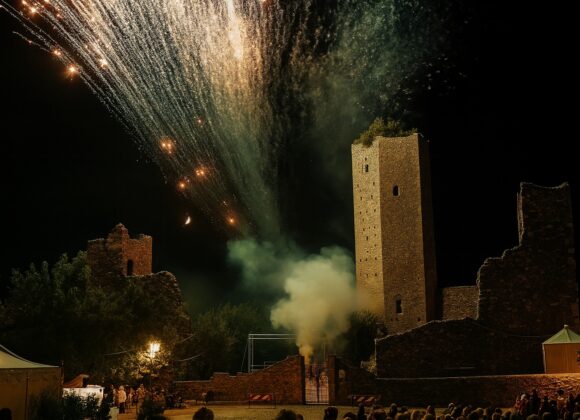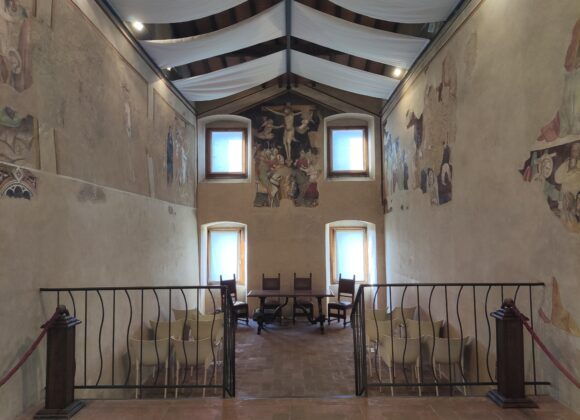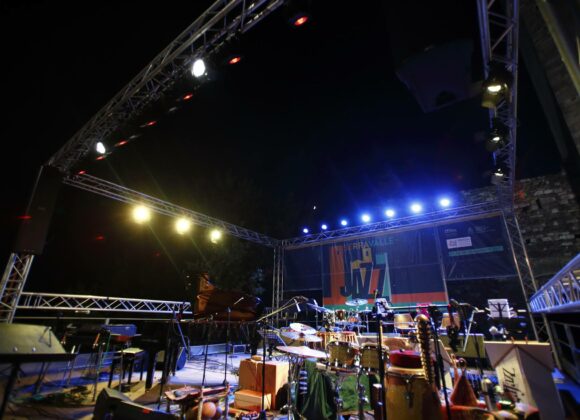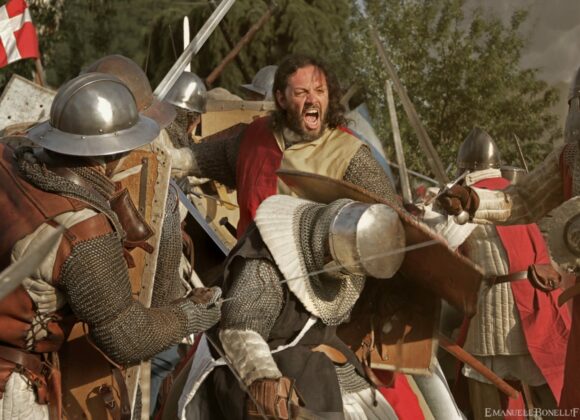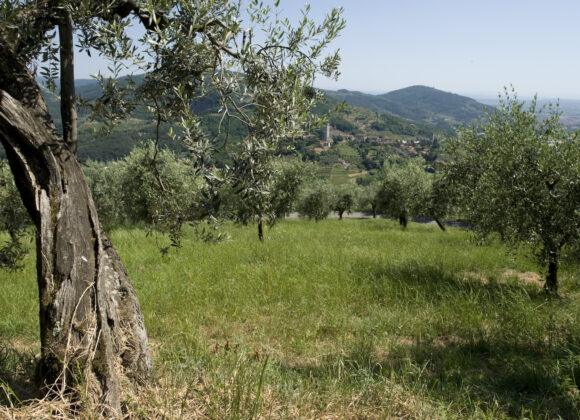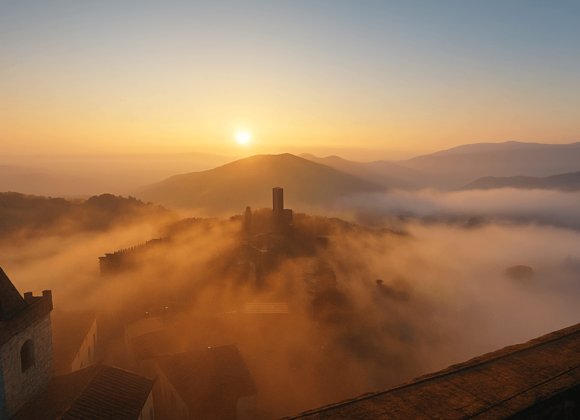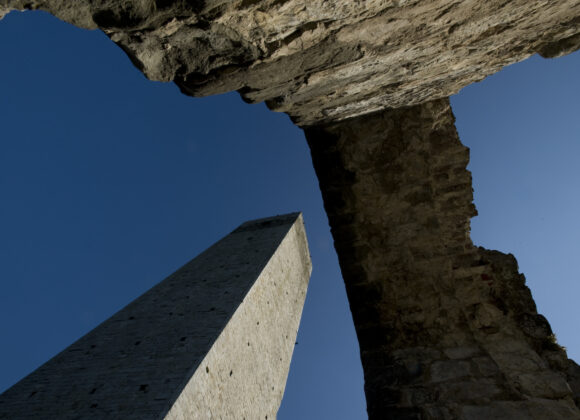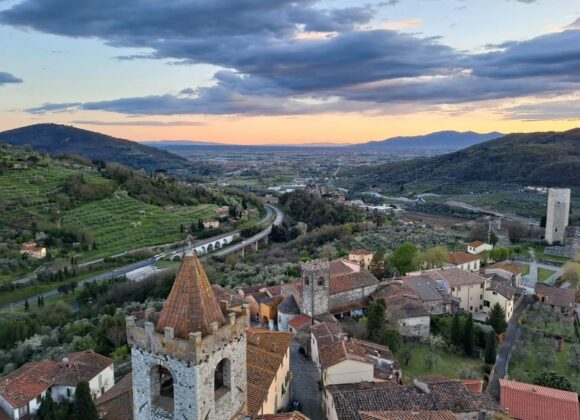Home / scopri / Serravalle Pistoiese / Chiesa di Santo Stefano
Fondata agli inizi del XIII secolo, la Pieve di Santo Stefano, con la sua facciata semplice e l'alto campanile, rievoca un antico passato medievale.
Fondata agli inizi del XIII secolo, la Pieve di Santo Stefano a Serravalle si presenta oggi con l’aspetto conferitole dai numerosi rimaneggiamenti avvenuti a partire dall’incendio del 1501. La facciata semplice e l’alto campanile, ricavato da un’antica torre del borgo medievale, donano all’edificio un carattere austero e solenne.
All’interno sono conservate opere di grande pregio, tra cui le sculture in terracotta invetriata di Sant’Antonio Abate e San Lodovico, realizzate dalla bottega dei Buglioni, maestri di questa raffinata tecnica plastica.
Degno di nota è anche il grande organo realizzato dalla famiglia pistoiese Agati, celebre per la sua maestria nell’arte organaria nel Settecento.
All’ingresso, sulla sinistra, si trova la statua in stucco e cartapesta di San Lodovico da Tolosa, patrono del borgo, portata in processione ogni 19 agosto per la festa patronale. Il Santo è raffigurato in abiti vescovili mentre tiene in mano un modellino del paese, in ricordo della tradizione secondo cui, nel 1306, avrebbe salvato il borgo dall’assedio lucchese, apparendo sugli spalti del castello avvolto in una nube luminosa e brandendo una spada fiammeggiante.
Campanile
Il campanile, un tempo parte del sistema difensivo del castello, era probabilmente un’antica torre di guardia. La sua doppia funzione, religiosa e militare, è suggerita dalla posizione strategica, che lo inserisce nel sistema di avvistamento come avamposto difensivo sul lato meridionale della rocca.
Cappella del Santissimo Sacramento
Accanto alla pieve sorge la Cappella del Santissimo Sacramento, sede dell’omonima confraternita fondata nel XVII secolo. Al suo interno si conservano arredi sacri risalenti ai secoli XVII e XVIII, realizzati da botteghe toscane.
Ingresso
Ufficio turistico
Vivi il territorio


